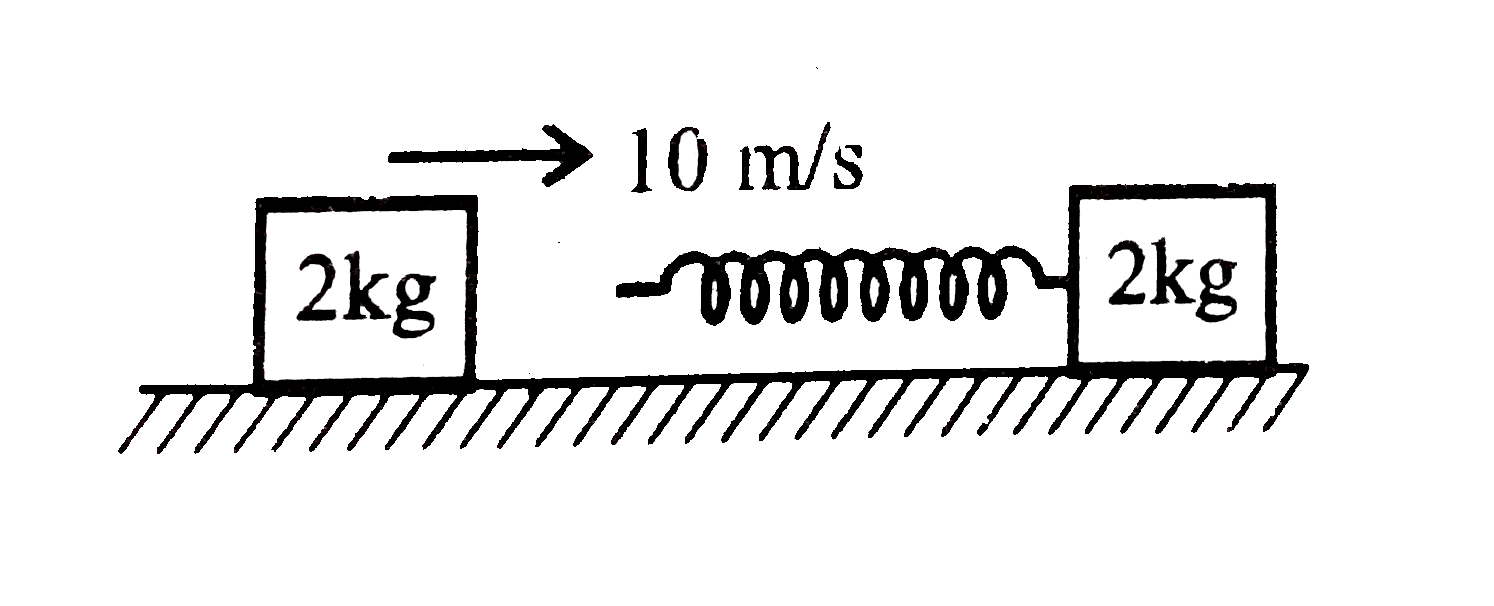A
B
C
D
Text Solution
Verified by Experts
The correct Answer is:
|
Topper's Solved these Questions
SIMPLE HARMONIC MOTION
ALLEN |Exercise Comprehension Base Questions (4)|2 VideosView PlaylistSIMPLE HARMONIC MOTION
ALLEN |Exercise Comprehension Base Questions (5)|3 VideosView PlaylistSIMPLE HARMONIC MOTION
ALLEN |Exercise Comprehension Base Questions (2)|2 VideosView PlaylistRACE
ALLEN |Exercise Basic Maths (Wave Motion & Dopplers Effect) (Stationary waves & doppler effect, beats)|25 VideosView PlaylistTEST PAPER
ALLEN |Exercise PHYSICS|4 VideosView Playlist
Similar Questions
Explore conceptually related problems
